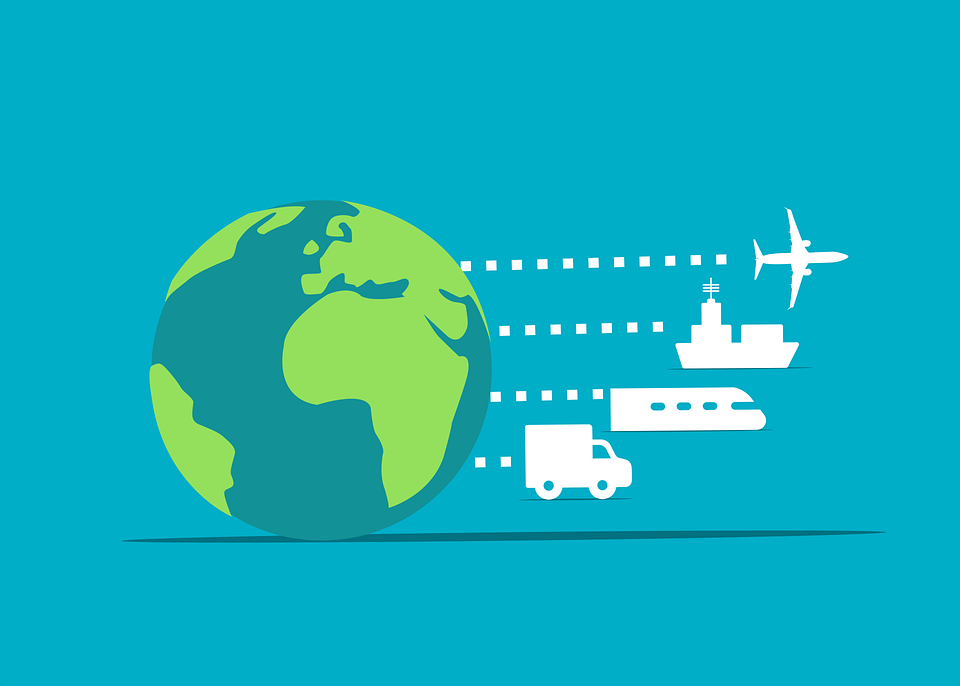
Advantages and Disadvantages of Autonomous and Remote-Controlled Water Vessels: A Comprehensive Overview
As technology advances, the maritime industry has seen a rise in the use of autonomous and remote-controlled water vessels. These vessels are equipped with sophisticated sensors, cameras, and other technologies that allow them to navigate the seas with minimal human intervention. In this article, we will provide a comprehensive overview of the advantages and disadvantages of autonomous and remote-controlled water vessels, the latest advancements in maritime technology, safety concerns, and environmental impact associated with these vessels.
Advantages of Autonomous Water Vessels
1. Increased efficiency: Autonomous water vessels can operate 24/7 without the need for crew rest periods, leading to increased efficiency and reduced operating costs.
2. Improved safety: By removing crew from hazardous environments, autonomous water vessels can improve safety and reduce the risk of accidents, particularly in harsh weather conditions.
3. Enhanced accuracy: Autonomous water vessels are equipped with advanced sensors and cameras that provide more accurate data, enabling precise navigation, and reducing the likelihood of collisions.
4. Greater flexibility: Autonomous water vessels can be programmed to perform a range of tasks, making them suitable for a variety of applications such as oceanographic research, environmental monitoring, and offshore energy production.
5. Cost-effective: Autonomous water vessels eliminate the need for crew salaries, insurance, and other expenses associated with human crews, making them a cost-effective option.
Disadvantages of Remote-Controlled Water Vessels
1. Limited range: Remote-controlled water vessels have a limited range as they require a reliable communication link with a control station onshore, which can be disrupted by weather conditions or distance.
2. High maintenance costs: Remote-controlled water vessels require regular maintenance to ensure that the control system and communication equipment are functioning correctly.
3. Vulnerable to hacking: Remote-controlled water vessels can be vulnerable to cyber-attacks, which can compromise the vessel's control systems and pose a significant threat to safety.
4. Increased risk of operator error: The reliance on operators to control remote-controlled water vessels increases the risk of operator error, particularly in high-pressure situations.
5. Limited functionality: Remote-controlled water vessels are typically designed for specific tasks and may not be as versatile as autonomous water vessels.
Maritime Technology Advancements
In recent years, there have been significant advancements in maritime technology, particularly in the field of autonomous water vessels. The development of marine autonomous vehicles (MAVs) and unmanned maritime systems (UMS) has led to a significant shift in the maritime industry towards autonomous and remote-controlled water vessels.
One notable advancement is the development of oceanic drones, which are autonomous water vessels designed for long-term monitoring and data collection. These drones can collect data on water temperature, salinity, and other oceanographic variables, enabling researchers to better understand the ocean's ecosystem.
Another example is Rolls-Royce's Advanced Autonomous Waterborne Applications (AAWA) initiative, which aims to develop fully autonomous water vessels by 2020. The initiative seeks to improve safety, efficiency, and reduce the environmental impact of shipping.
Safety Concerns
While autonomous and remote-controlled water vessels offer many benefits, they also present safety concerns that must be addressed. One significant concern is the potential for cyber-attacks, which can compromise vessel control systems and cause significant damage.
Additionally, there have been instances of collisions involving autonomous and remote-controlled vessels. For example, the collision between the USS Fitzgerald and a cargo ship in 2017 highlights the potential safety concerns associated with these vessels. The investigation found that the collision was caused by a lack of communication and situational awareness among the crew and the ship's navigation system.
Environmental Impact
The use of autonomous and remote-controlled water vessels can have a significant impact on the environment. The vessels can reduce fuel consumption and emissions, leading to a decrease in air pollution and greenhouse gas emissions. They can also reduce the risk of oil spills and other environmental disasters, as they can be programmed to avoid hazardous areas and respond quickly to emergencies.
However, the manufacturing and disposal of these vessels can have negative environmental impacts, particularly if not properly managed. The production of autonomous and remote-controlled vessels requires the use of materials such as metals, plastics, and batteries, which can have significant environmental footprints. Disposal of these materials also presents challenges, as improper disposal can lead to environmental pollution and health hazards.
Furthermore, the use of autonomous and remote-controlled vessels can impact marine ecosystems, particularly if they are not designed and programmed with environmental considerations in mind. For example, the vessels may disrupt marine life and habitats, particularly during the construction, deployment, and operation phases.
To mitigate these environmental impacts, it is essential to ensure that the vessels are designed and manufactured sustainably, with a focus on reducing their environmental footprint. Proper disposal and recycling of the materials used in their production must also be prioritized. Additionally, the vessels should be programmed to minimize their impact on marine ecosystems and to avoid hazardous areas to reduce the risk of environmental disasters.
Conclusion
The use of autonomous and remote-controlled water vessels has the potential to revolutionize the maritime industry, with benefits such as improved safety, efficiency, and reduced operational costs. However, there are also several challenges associated with their use, including safety concerns, technological limitations, and potential negative environmental impacts.
To ensure that the benefits of these vessels are realized while minimizing their drawbacks, it is crucial to prioritize safety, environmental considerations, and sustainability in their design, development, and deployment. The maritime industry must work closely with policymakers, researchers, and other stakeholders to address the challenges and opportunities associated with autonomous and remote-controlled vessels, paving the way for a safer, more efficient, and sustainable maritime industry.
Transportation




